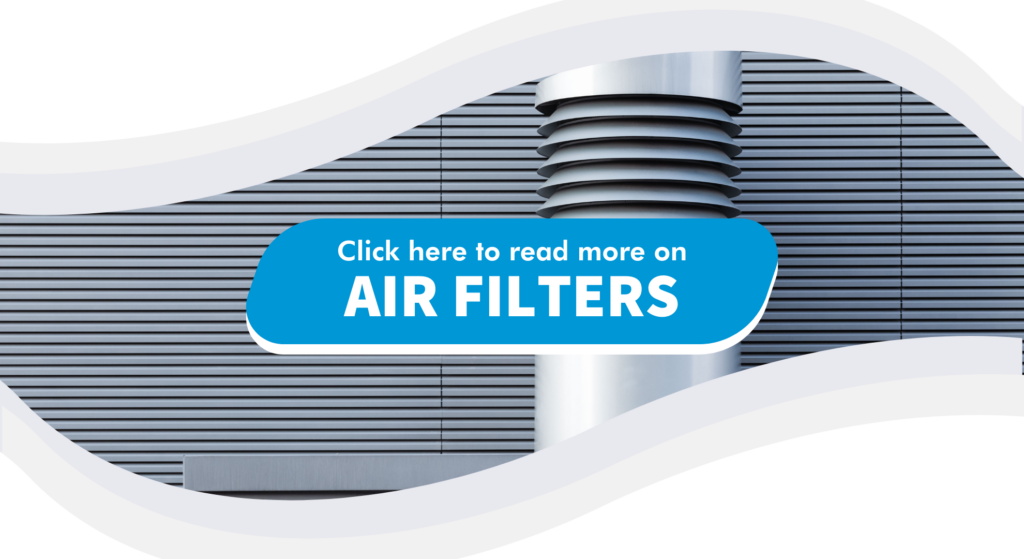Air Filters
It has recently been announced that a new test standard for air filters ISO 16890 will be introduced towards the end of 2016. During the following 18 months the EN779 test standard will be phased out and replaced by the new standard.
The new test method shifts the focus on filtration performance to the classes of particulate recognised by many of the leading environmental authorities, including the World Health Organization.
You may well have heard of the particulate ranges PM1, PM2.5 & PM10 when reading about local environmental air quality targets and performance, these will become the new test ranges and, as such will result in the filter selection for specific needs being simplified.
So what does PM1 mean?
PM stands for Atmospheric Particulate Matter, the number 1 signifies that the particle range is for one micron diameter particles and smaller. In terms of quantity this is by far the largest particle range within the atmosphere. PM2.5 is the range that covers particles with a diameter of 2.5 Microns and less and finally PM10 particles 10 microns and below.
During testing the filters under test will be challenged with a range of particles from 10 microns down to 0.3 microns and the efficiency to PM1, PM2.5 and PM10 recorded. In order for a filter to be rated to PM1 or any of the other PM bands it will need to demonstrate a minimum efficiency of 50% and this will be recorded incrementally to the closest 5% – so a filter performing at 66% to PM1 particles will be rated at PM1 65%
For coarse filters the new standard will include filters that capture less than 50% of particles in the PM10 range – these will be known as “ISO Coarse” and will detail their PM10 performance i.e. “PM Coarse 45%”
In summary:-
There will be four specific grades of air filter:-
- PM1
- PM2.5
- PM10
- PM Coarse
Each of the new grades will show the filter efficiency to the specific particle range, for example
- 55% PM1
- 50% PM2.5
- 65% PM10
- 40% PM Coarse
So what are the benefits of ISO 16890 ?
The new standard offers several improvements when compared to the EN779 Standard:-
- It provides an international standard that can be recognised across the globe.
- The EN779 test qualified fine filter performance at 0.4microns efficiency whereas ISO 16890 records their performance at a particle spectrum of 0.3 to 10 Microns.
- Filters can be chosen for their specific performance related to the need of the application.
- Fractional efficiencies of the filter prior to and after IPA discharge of any electrostatic properties can be seen.
Should you require any further advice or information, please contact our Technical Team



